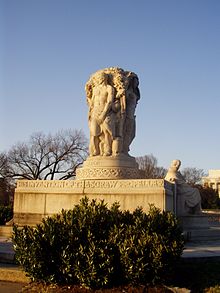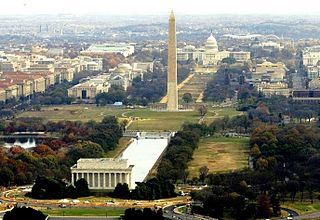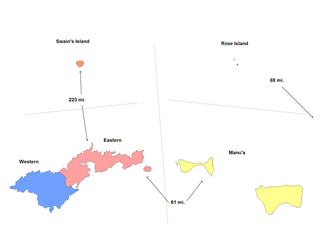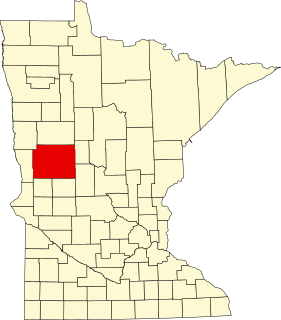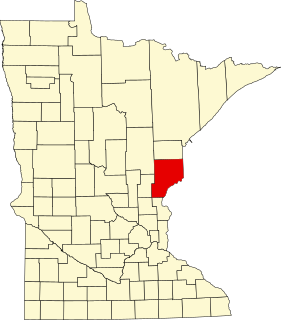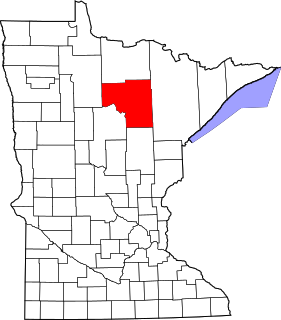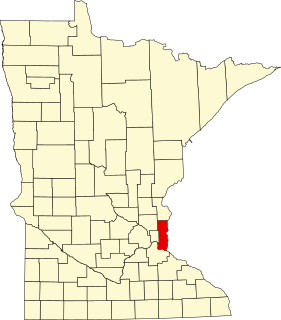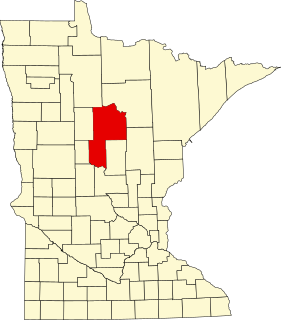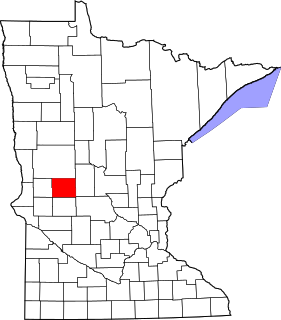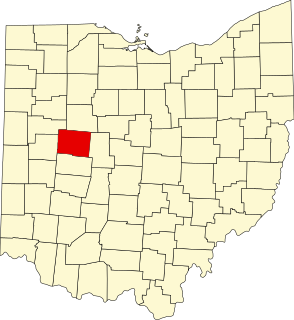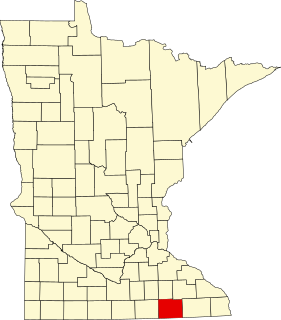Looking north along Ohio Drive SW on the eastern shore of East Potomac Park | |
| Other name(s) | Ohio Drive SW |
|---|---|
| Former name(s) | Riverside Drive |
| Maintained by | DDOT |
| Location | Washington, D.C., U.S. |
| Coordinates | 38°52′45.5″N77°1′49.3″W / 38.879306°N 77.030361°W Coordinates: 38°52′45.5″N77°1′49.3″W / 38.879306°N 77.030361°W |
| West end | |
| Major junctions | Lincoln Memorial Circle Independence Avenue |
| East end | Maine Avenue |
| Construction | |
| Construction start | 1912 [1] |
| Completion | 1916 [2] |
| Inauguration | 1913 [1] |
Ohio Drive is a street in Southwest Washington, D.C., located in East and West Potomac Parks and bordering the Tidal Basin, Washington Channel, and the Potomac River. It is a central organizing feature of East Potomac Park, providing the only major vehicular route to and through the area. [3] Unlike most roadways named after states in the District of Columbia, Ohio Drive is not an avenue, nor it is heavily used like Wisconsin or Rhode Island Avenues. However, the segment from Independence Avenue to the Rock Creek and Potomac Parkway is an important commuter route. [4]

A street is a public thoroughfare in a built environment. It is a public parcel of land adjoining buildings in an urban context, on which people may freely assemble, interact, and move about. A street can be as simple as a level patch of dirt, but is more often paved with a hard, durable surface such as tarmac, concrete, cobblestone or brick. Portions may also be smoothed with asphalt, embedded with rails, or otherwise prepared to accommodate non-pedestrian traffic.

Washington, D.C., formally the District of Columbia and commonly referred to as Washington or D.C., is the capital of the United States. Founded after the American Revolution as the seat of government of the newly independent country, Washington was named after George Washington, the first President of the United States and a Founding Father. As the seat of the United States federal government and several international organizations, Washington is an important world political capital. The city is also one of the most visited cities in the world, with more than 20 million tourists annually.

East Potomac Park is a park located on a man-made island in the Potomac River in Washington, D.C., in the United States. The park lies southeast of the Jefferson Memorial and the 14th Street Bridge, and the park lies between the Washington Channel and the Potomac River. Amenities in East Potomac Park include the East Potomac Park Golf Course, a miniature golf course, a public swimming pool, tennis courts, and several athletic fields. The park is a popular spot for fishermen, and cyclists, walkers, inline skaters, and runners heavily use the park's roads and paths. A portion of Ohio Drive SW runs along the perimeter of the park.
Contents
- Route description
- History
- Construction
- Important structures
- National Capital Parks structures
- Confusion with Ohio Avenue
- References
Ohio Drive SW is a contributing property to the East and West Potomac Parks National Historic District, which was added to the National Register of Historic Places in November 1973. [1]

The National Register of Historic Places (NRHP) is the United States federal government's official list of districts, sites, buildings, structures, and objects deemed worthy of preservation for their historical significance. A property listed in the National Register, or located within a National Register Historic District, may qualify for tax incentives derived from the total value of expenses incurred preserving the property.









